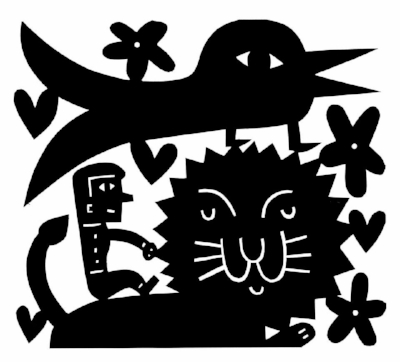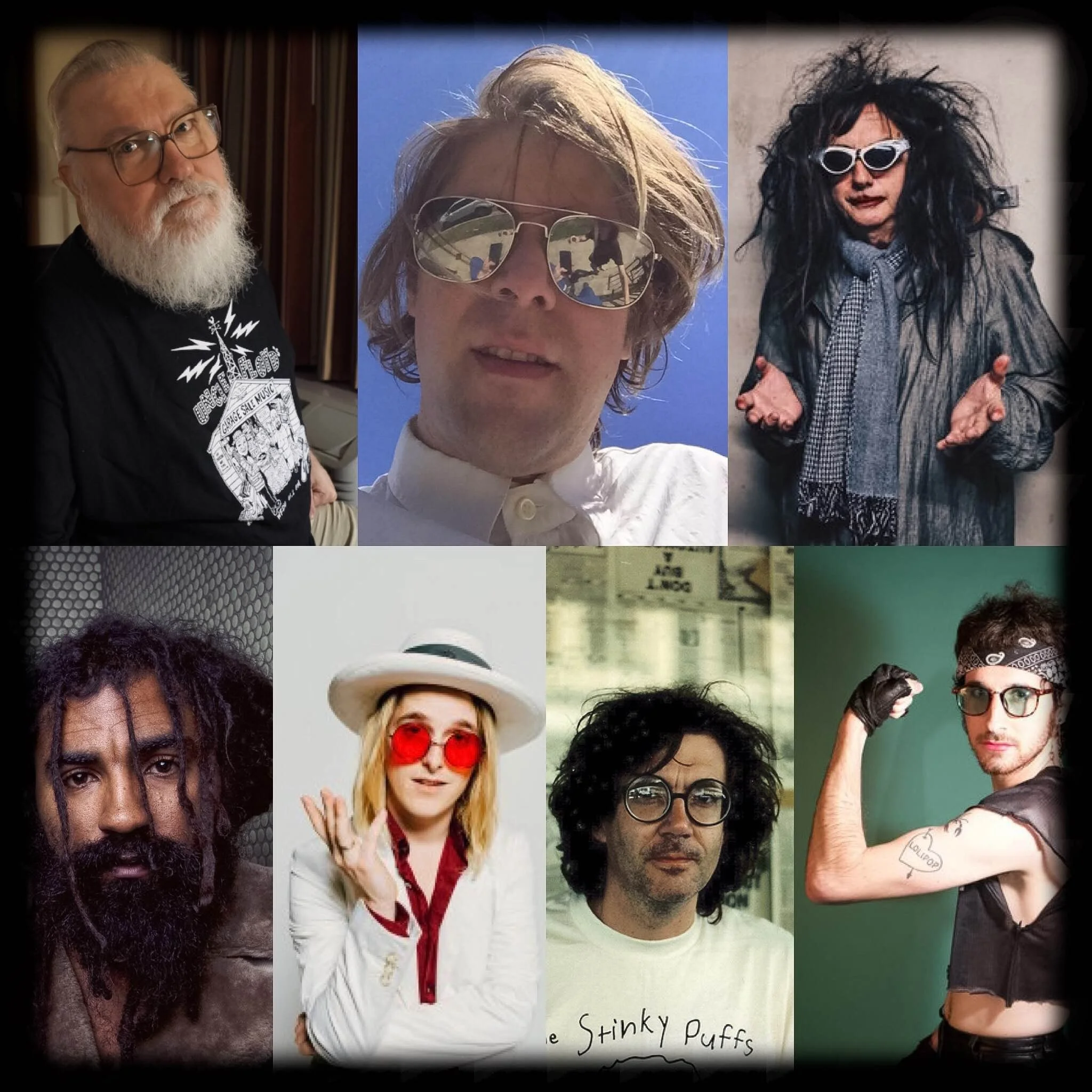Inside Insights with Life-Long Innovator Jad Fair
I recently had the pleasure and privilege of speaking with Jad Fair. One interview could never cover everything I would want to with Mr. Fair, so hopefully there will be more opportunities in the near future to jot down conversations with the ground-breaking co-founder of Half Japanese, and post here at WMF. In the meantime, enjoy what the unique, inspiring, and remarkably affable Jad shared with me on a recent afternoon as we covered topics as diverse as art, Kurt Cobain, his 70s DIY contemporaries, and more.
Bobby Weirdo: I’ve been listening a lot to your 2015 collaborative album with Norman Blake, Yes. I know you’ve recorded with Teenage Fanclub in the past, but how did this latest collaboration come about?
Jad Fair: Joyful Noise contacted me. They were doing an artist-in-residency for the year, and they chose me. They said that they would like to do a four-album box set, and they asked me who I would like to do it with. I said I’d like to do it with Norman, R. Stevie Moore, Danielson, and one with Strobe Talbot.
BW: Those are great collaborators! And you’ve collaborated with these people before, right? Like, I know you did Fairmoore with Stevie, and you did Words of Wisdom and Hope with Teenage Fanclub.
JF: Right. And I’ve done a few albums with Strobe Talbot, but this was the first time I did anything with Daniel Smith.
BW: Was there a common thread throughout these four albums, or were they totally distinct experiences for you?
JF: Each album is very different. I think a common thread is that these people are friends of mine, so all the albums have a real friendly feel to them.
BW: How did you hook up with Joyful Noise in the first place? They seem to be really in tune with you, and supportive of your work.
JF: I did a record with a band from France, HIFIKLUB. They contacted Joyful Noise, who released that record. Then, soon after that, Joyful Noise contacted me about the artist-in-residency, and we also did a couple Half Japanese albums with them.
BW: R. Stevie Moore told me that you and he used to communicate via regular old mail back in the 70s.
JF: It would have been about ’78 that we started corresponding, and sending cassette tapes back and forth, just keeping in touch.
BW: Another great musician with whom you’ve collaborated is John Zorn. I’ve always been curious how that came to be.
JF: I was doing a lot of recording in New York at Kramer’s studio, Noise New York. Kramer had a lot of connections with different musicians, and invited John Zorn to play on some songs, and I’m so glad he did. Also, I was able to do a couple live shows in New York with John Zorn on saxophone.
BW: I’m sure you get asked about this all the time, but I’m curious what it was like working with Daniel Johnston on the It’s Spooky album, and what the background to that is.
JF: I first heard Daniel’s music around 1986, maybe ’87. Half Japanese were touring and had a show in Austin. Jeff Tartakov, who was Daniel’s manager back then, gave me a cassette tape and we just played it over and over in the van. I was just so taken by Daniel’s music and by his lyrics. I started corresponding with him. [Then] I was in New York to record with Moe Tucker. Daniel was staying with Steve Shelley at the time. Sonic Youth were involved with that album with Moe. [So] I had corresponded with Daniel prior to that, but first met him through Sonic Youth.
BW: Speaking of Sonic Youth, it seemed like such a dynamic time! Just that fact that you, Half Japanese, Nirvana, and Daniel Johnston were all getting this previously under-the-radar music out through different avenues to new fans [was incredible]. How did that all happen? Do you think Kurt Cobain had a big part in that?
JF: Oh, absolutely. There was so much going on. I was glad that Nirvana asked Half Japanese to open for what I think was eight shows on the In Utero tour that they had in the U.S. That was kind of a kick.
BW: Did you have much interaction with Kurt Cobain , or was it more of a thing where you just knew he admired you from a distance?
JF: I spoke with him a few times, but he kind of kept to himself. Dave [Grohl] and Krist [Novoselic] were much more open, and I would see them pretty much every day during the tour and spoke with them a good bit.
BW: I wanted to ask about your paper cuttings. Is that just something that you fell into [doing]?
JF: Well, I really need art in order to make a living, because I don’t make enough money off of music for that to be my only job. I’m lucky that I’m able to make a living off of art and music. I’ve got both of those, which is such a good thing.
BW: I’ve read that you said at some point that although people tend to file you in a “lo-fi” category, it’s really just more that you’re busy with a lot of things, and don’t really have the time to stay in one place doing one thing. Is that an accurate assessment?
JF: Well, I think it’s that, and also it’s expensive to record in the studio, and sometimes I just don’t have money to do that. So there’s a lot of home recordings, which I think really have a different feel [to them], and it’s good to have both.
BW: Did you start doing the home recording thing around ’77 or ’76?
JF: No, it was ’74 when we first started doing recordings, but our first release was in like ’77 or possibly early ’78, but we were doing a lot of recordings prior to that.
BW: It’s fascinating that artists like you, Stevie [Moore], the Residents, and Gary [Wilson], were working on the same kind of [home recording] or self-release thing, but coming at it from different angles. Something that you guys started doing with no template has really become standard.
JF: Oh yeah, I mean, back in ’77, ’78 there were some people releasing their own music, but very few. It was as you said: Half Japanese, the Residents, Armand Schaubroeck, and I can’t really think of many others. -- um, Los Angeles Free Music Society.
BW: What are your feelings about the Half Japanese documentary, The Band That Would Be King? I know a lot of my friends found about Half Japanese through that documentary.
JF: I think Jeff Feuerzeig did a great job on it. I was so pleased that someone would be willing to put that much effort into doing a film on Half Japanese, and I was very pleased with how it turned out.
-BW








